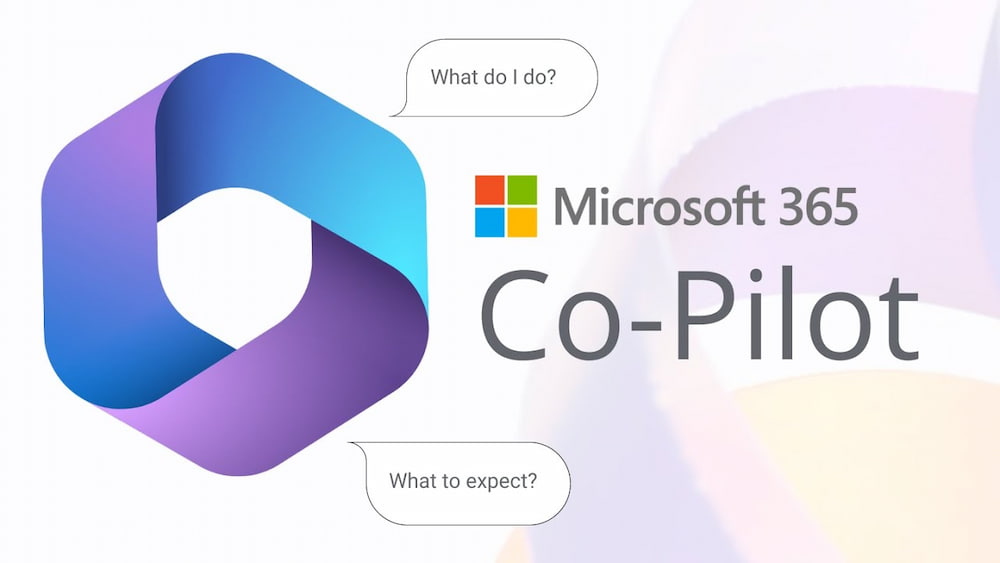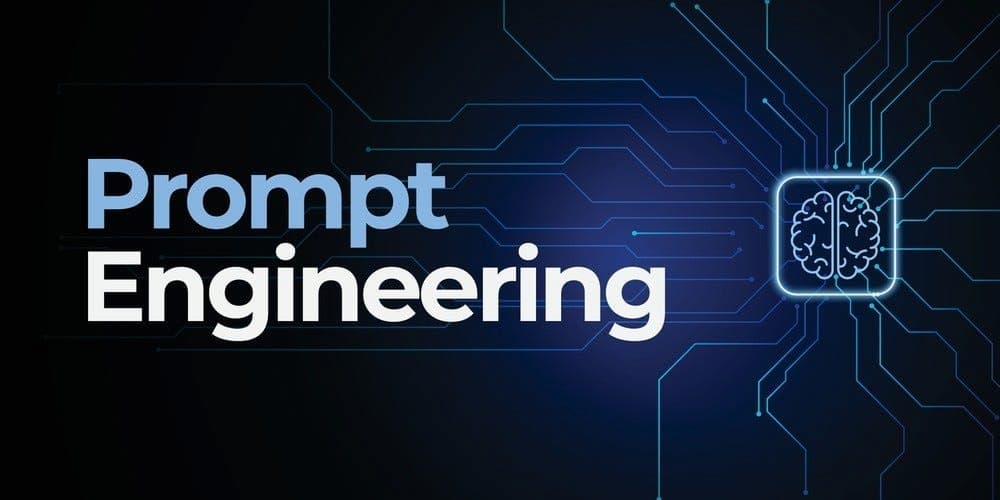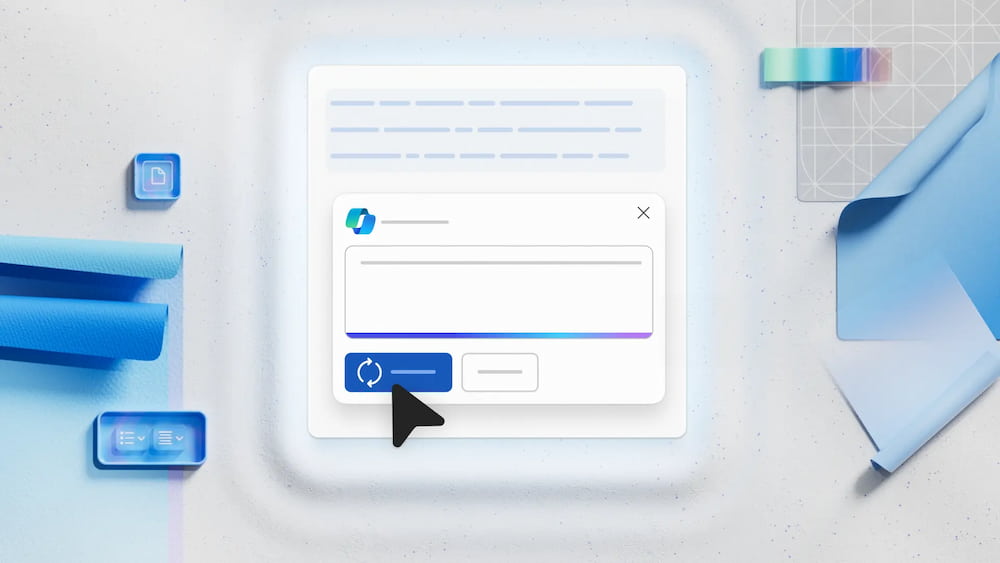In an era where efficiency matters more than ever, AI copilots are transforming how individuals and businesses work. Whether you’re harnessing Microsoft 365 Copilot, GitHub Copilot, or other smart assistants, knowing how to use them well is essential. In this guide, we’ll unpack the copilot best practices—not just to survive in this tech-savvy era, but to thrive in it.
This isn’t a fluffy hype piece. You’ll walk away with actionable tips, real-world feedback, industry-backed strategies, and even some tough love about the limitations you need to be aware of. Plus, we’ll share insights from Tamer Badr, owner of Singleclic, a tech agency that’s all-in on meaningful digital transformation.
And if you’re looking to go deeper after this read, don’t miss The Ultimate Copilot Playbook.
Why This Matters
AI copilots are powerful, but only if used correctly. Blind reliance can waste time, damage productivity, or introduce errors. But with copilot best practices, you’ll unlock:
- Better results, faster
- Fewer manual tasks
- More time for deep, creative work
- Real productivity, not performative automation
People Are Always Asking: What Makes a Good Copilot Strategy?
Whether in boardrooms or Slack threads, people keep asking:
“What’s the right way to use a copilot? What do I need to avoid?”
So let’s break it down: how to use copilots the smart way—and where you might hit a wall.
Top Copilot Best Practices for Maximum Value
1. Start With a Clear Task
Be specific. AI copilots aren’t mind readers. A vague prompt like “write a report” is less effective than “generate a 500-word summary on Q1 sales using Excel data.”
Pro Tip: Include examples when possible. Copilots thrive on context.
2. Use Structured Input Formats
Structure isn’t just for programmers. Whether you’re in Word or Excel, use headers, tables, or tags. Copilots respond better to organized data.
“Garbage in, garbage out. Structure is everything,” says Tamer Badr.
3. Review and Revise Outputs
Never treat the first draft as the final. Copilots are great assistants—not authors, analysts, or lawyers.
Checklist:
- Read for tone and accuracy
- Fact-check any data
- Check for repetition or hallucinations
4. Train Your Copilot With Organizational Context
In Microsoft 365 Copilot, for instance, integration with SharePoint, Teams, and Outlook gives it richer insights. But you must configure access smartly.
5. Embrace Iteration
Think of copilots like interns—they get better with feedback. Rephrase prompts. Experiment. Refine outputs.
Tamer Badr puts it simply:
“Your copilot learns with you. Train it like you would a junior team member, not a magic wand.”
Pros and Cons of Popular Copilot Services
Let’s look at key players and their trade-offs.
🔹 Microsoft 365 Copilot
Strengths:
- Deep integration with Microsoft apps
- Great for enterprise workflows
Drawbacks:
- Pricey for small businesses
- Can surface outdated content without good data hygiene
🔹 GitHub Copilot
Strengths:
- Fast, accurate code generation
- Great for repetitive code and syntax
Drawbacks:
- Prone to insecure code suggestions
- Doesn’t always respect architecture or design patterns
🔹 Google Duet AI
Strengths:
- Clean UI in Google Workspace
- Great at summarizing Google Docs or Sheets
Drawbacks:
- Less feature-rich than Microsoft’s version
- Struggles with complex multi-source analysis
Avoid These Common Mistakes
- ❌ Treating copilot suggestions as “done”
- ❌ Using copilots without user training
- ❌ Expecting perfect grammar or nuance in creative writing
- ❌ Letting AI access unfiltered or sensitive documents
How Singleclic Applies These Practices
Singleclic has embedded copilot use into both their client work and internal operations.
“We use copilots for prototyping, not final work. They help us start fast, but we always finish smart,” says Tamer Badr.
Their method? Tight workflows, strong data governance, and a culture of human-in-the-loop review. You can see their deeper methodology in The Ultimate Copilot Playbook.
FAQs
🤖 Can I fully automate a workflow with a copilot?
Only partially. Copilots are best for augmenting—not replacing—human tasks. Use them to reduce manual load, but keep a human for judgment-heavy decisions.
🔐 Is my data safe with copilots?
Depends. GitHub Copilot has had scrutiny around code licensing. Microsoft 365 Copilot uses your organization’s compliance model, so proper configuration is essential.
🧠 Do copilots get better over time?
Yes, especially those connected to org-wide tools. But you still need to guide their growth with feedback and better prompts.
Reviews From Real Users
- “Copilot cut our spreadsheet analysis time in half, but we learned early on to double-check the math.” — Marketing Analyst, Ecom Firm
- “GitHub Copilot is a dream for boilerplate. But we had to set guardrails to avoid introducing bugs.” — CTO, Fintech Startup
- “After reading Singleclic’s playbook, we revamped our whole approach. Copilot is now our intern, not our boss.” — Product Manager, SaaS Company
Final Thoughts
AI copilots are here to stay. Used well, they’re game changers. Used poorly, they’re just another noisy tool.
So if you’re serious about getting it right:
- Start with clear tasks
- Feed structured data
- Always revise outputs
- Secure your org’s context
- Iterate and learn
As Tamer Badr wisely said:
“The copilot is only as good as the captain flying with it.”
If you’ve got questions or want a real-world setup guide, drop them in the comments or connect with Tamer and the Singleclic team directly.










